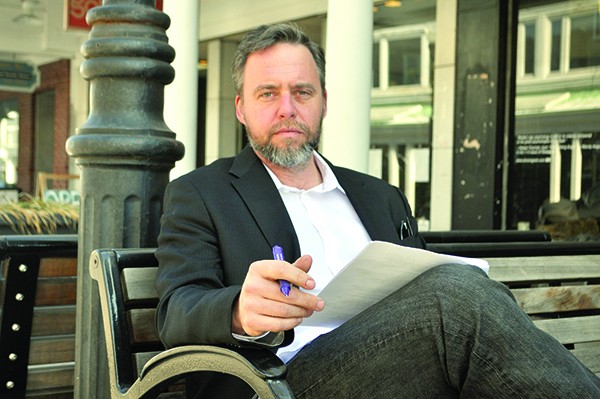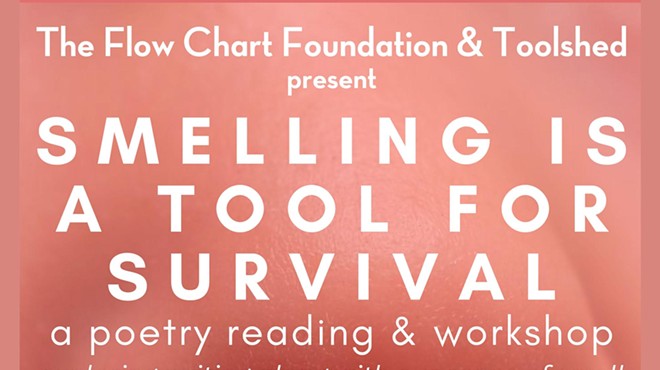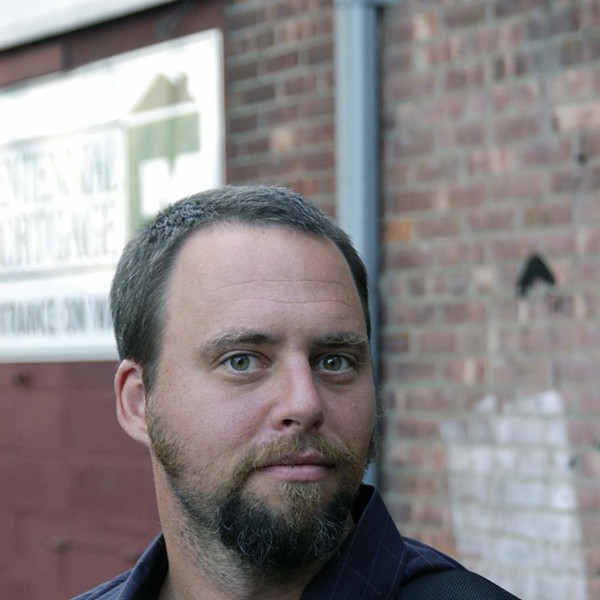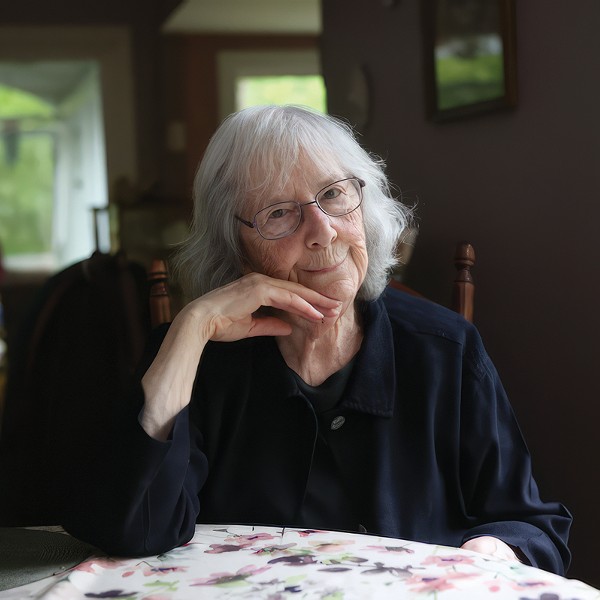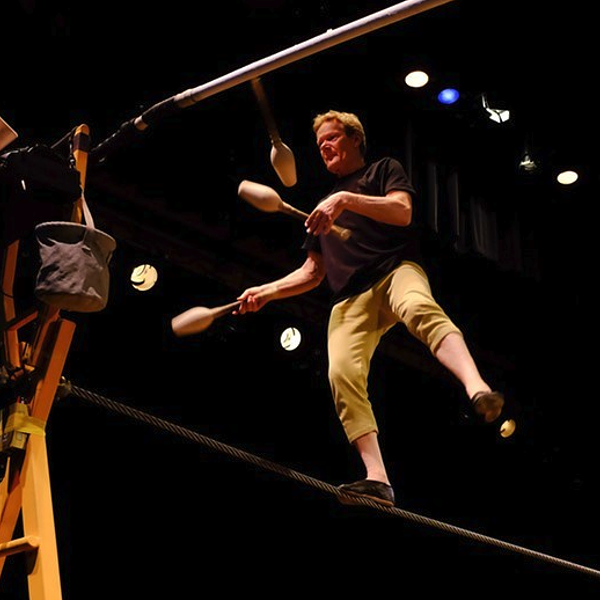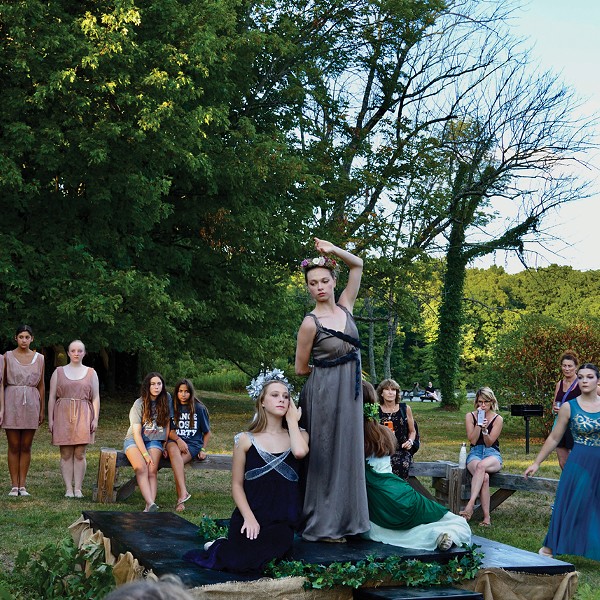Late last month, I received a call from a reader. She was a woman of a certain age, as the saying goes, and she had contacted me to express her appreciation for an article we published in the March issue. The piece was about how people were living longer with cancer and post-cancer, and about the changing perception of cancer, from a death sentence to a chronic illness like diabetes or HIV that can be managed—albeit by a lucky few—with vigilance and care ("Surviving Cancer" by Wendy Kagan). The reader told me that she, too, was a cancer survivor, and that reading the stories of the people we profiled who had overcome the disease resonated with her. With great emotion in her voice, the woman told me how grateful she was that a local publication would choose to highlight this issue, which made her feel less alone, more connected to a community of both cancer survivors and her local community.
The grateful reader, who did not give her name, is very far from alone. As our Health and Wellness Editor Wendy Kagan reported last month, the number of cancer survivors in the US is growing, with an estimated 14.5 million survivors today. This good news is due to a number of factors, but foremost among them is a more sophisticated arsenal of medical tools: If one line of treatment isn't working, other forms of treatment are available. Cancer is not easily defeated, however, as Wendy noted: "Chastening these statistics is cancer's well-known ability to come back, sometimes in a new place in the body or in a newly aggressive form, like a B movie horror villain." (This month, in "Outfoxing Lung Cancer" (page 76), Wendy reports on advances in lung cancer detection for high-risk patients via low-dose CT scans.)
We don't cover many topics of great controversy, so we don't get many letters or e-mails, let alone phone calls. (Scroll through a local newspaper's comments section in an article of intense interest—school taxes, land use, teacher malfeasance, the police blotter—and you will see where the stress falls in reader feedback.) So when I received a thank-you call from a woman who survived cancer, of course it touched my heart; to be of service is a noble thing. Her pointed use of the word community also struck me. We are fixated on this word here at Chronogram.
Community is a notional thing. We all live in a physical place in the Hudson Valley—Cold Spring, Catskill, New Paltz, Poughkeepsie, etc. What defines a community, though, is not its geography but its interdependence. As the sociologist David Brain has written, "Community is something we do together. It's not just a container." A community, unlike a neighborhood, doesn't have to exist; it is created through intention and mutual interest. We all live in a neighborhood, we don't all live in a community, though I would say that if you are reading this, you are part of at least one community, that of readers of this magazine.
The stories we're attracted to telling are ones that highlight our interdependence, that invisible bond that connects us to each other and all things around us—stories of community. This month, one such inspiring tale: the building of Woodstock Commons, an affordable housing project developed by RUPCO ("Painting the Town," page 36). Anne Pyburn Craig writes a group profile of a community that coalesced around an issue they believed in. Tamara Cooper, who once received rental housing assistance from RUPCO when she was a single mother of two (Cooper is now a program director for Family of Woodstock), spoke up at town meetings about the development and told very personal stories about her struggles. Cooper is one of 30 people featured in a painting by Stephen Hargash, commissioned by RUPCO, which will be unveiled this month at a ceremony celebrating Woodstock Commons and the community that created it. (RUPCO's efforts at community creation are ongoing. In the Ten Broeck neighborhood of Kingston, the agency is turning a century-old, 55,000-square-foot former lace factory into 55 affordable live/work spaces for artists.)
RUPCO is a useful lens for thinking about community. The agency's level of engagement with relevant stakeholders and focus on strengthening relationships between diverse people and institutions is a model for community building. Community is about dialog, finding shared areas of interest and investigating shared outcomes that benefit all. This is important to keep in mind as the Hudson Valley is seeing an ongoing influx of new residents, many from New York City or other urban centers. One of the hallmarks of gentrification is a lack of sensitivity to existing social relationships. As the region continues to absorb new residents, we'd all do well to remember that communities are built through dialog, not by those who would dictate the terms of their participation, either by NIMBY-style opposition or a lack of sensitivity to existing residents. Not to be a Pollyanna about this, but I believe we can balance our divergent priorities and build a diverse Hudson Valley community if we remain sensitive to the needs of all, not just those in power or those with great wealth.
Department of Corrections
In a profile of the musician Daryl Hall in the March issue, "Man of the House," by Peter Aaron, we incorrectly noted the year Hall and Oates were inducted into the Rock and Roll Hall of Fame; the year was 2014, not 1994. Thanks to the astute readers who pointed this out.







